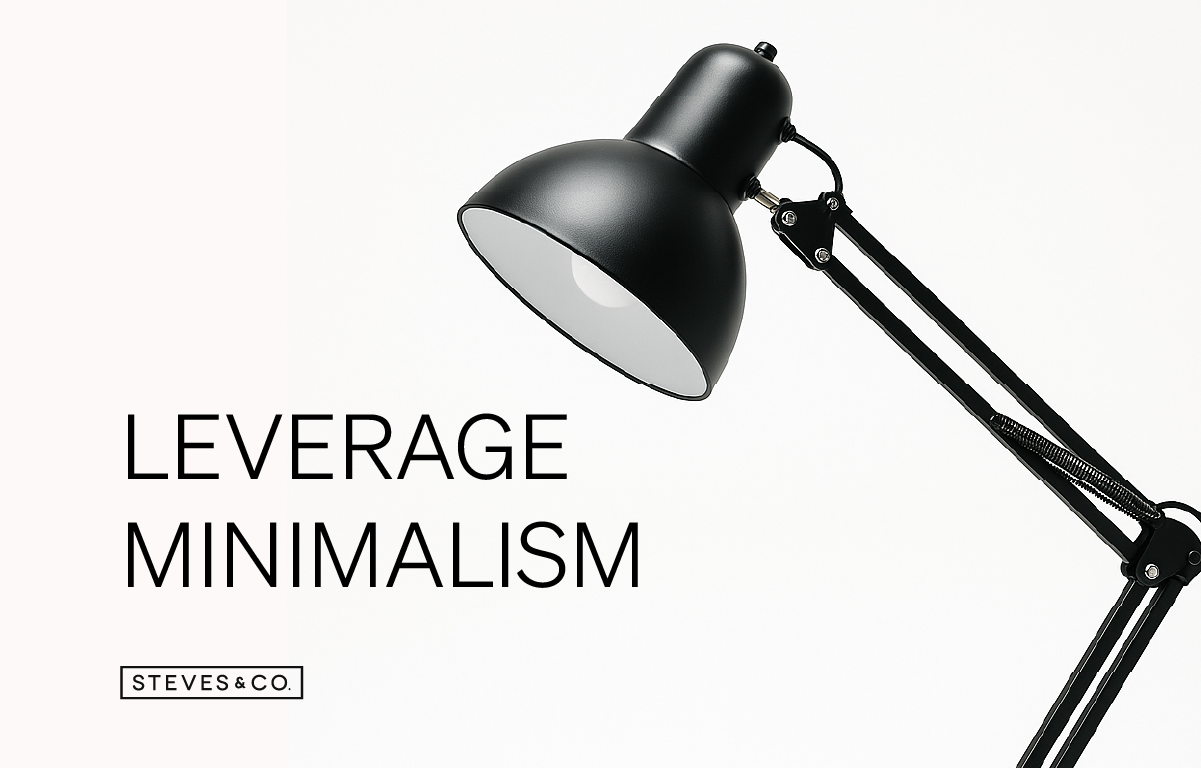Category: Uncategorized
What 2025’s Trending Products Say About the Future of Consumer Brands
Funding Meets Strategy: How New Grant Schemes Can Power Your Next Leap
How AI Is Accelerating Go-to-Market: 2025 Advantages for Brand Strategy and Execution
Cutting Through the Noise: How Minimalism Makes Modern Brands Unmissable
In today’s saturated landscape, brands have milliseconds to earn attention and even less to be remembered.
From Insight to Action: Q1 Insights & Q2 Opportunities
Crafting Culinary Connections: How Restaurant Brand Experience Drives Success
Uniplural Group Launches Strategic Rebranding by Steves&Co.
Mastering FMCG: Crafting winning strategies with visual excellence
Catching consumers’ attention is critical to FMCG brands, particularly for product launches, which makes high-impact visual design a prerequisite for success.








